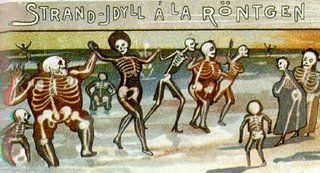
There is an old piece of advice usually given to someone about to give a speech:
Tell them what you’re going to tell them. Tell them. Tell them what you told them. This is no different for storytellers. In fact, those three bits of advice could represent the three acts. But just how do you put this into practice? How is your armature put together?
First, you must know where you are going or you will never get there. Then you must let the audience know where you are taking them. You show them the armature—the idea you want to build on. One way this is done is to have a character state out loud what you want to say with your story.
In E.T. The Extra-Terrestrial, when Elliot says something hurtful to his mother, Elliot’s older brother gets angry at his insensitivity and yells, “Damn it, when are you going to grow up and learn how other people feel for a change?” What happens next is that Elliot meets E.T. And one of the first things that happens is that when E.T. becomes sleepy, so does Elliot. Then when E.T. is hungry, so is Elliot. When E.T. drinks beer Elliot gets drunk, too.
Later, when Elliot introduces E.T. to his brother, he says, “I’m keeping him.” This without any regard for what E.T. wants. But he is beginning to empathize with others as is evidenced in the scene in which Elliot feels for the frogs in his science class, and sets them free before they can be dissected. By the end of the film, Elliot “feels what other people feel,” enough to send E.T. home even though he will miss his friend. Everything in the film is built on the armature stated by Elliot’s brother at the beginning of the story.


